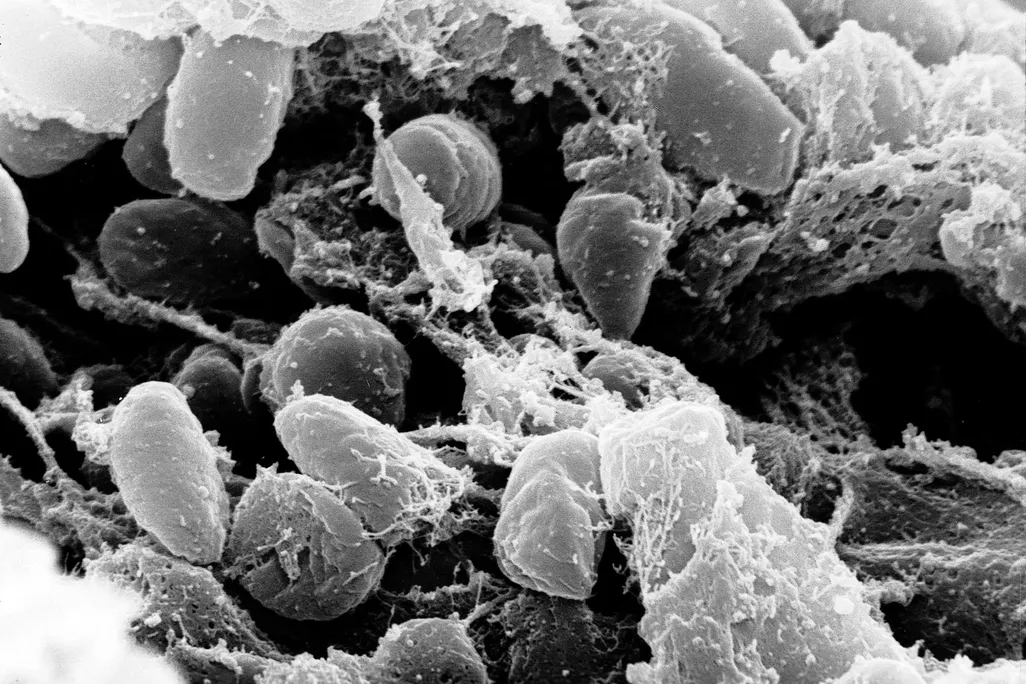An Arizona Resident Died From the Plague. Here’s What to Know About the Rare Disease
The patient had the pneumonic plague, the rarest and deadliest form of the disease. Human cases remain very uncommon in the United States, though plague is endemic to the western part of the country

A person in Flagstaff, Arizona, has died from the pneumonic plague, marking the first recorded death from the disease in the state’s Coconino County in nearly two decades.
“Our hearts go out to the family and friends of the deceased,” Coconino County Board of Supervisors Chair Patrice Horstman says in a statement. “We are keeping them in our thoughts during this difficult time. Out of respect for the family, no additional information about the death will be released.”
Officials note that the risk to the public remains low.
There are three types of plague, which are all caused by the bacterium Yersinia pestis: bubonic, septicemic and pneumonic. You’re probably familiar with the bubonic plague, which killed tens of millions of people across Asia and Europe during the Black Death pandemic in the 14th century. The disease is perhaps best identified by the swollen lumps—called buboes—that appear at the lymph nodes of infected bodies. Bubonic plague reached the United States’ West Coast in 1900 from rats on steamships, killing more than 100 people.
Need to know: Is there still plague in the United States?
Since the initial plague outbreak in the United States in the early 1900s, the disease-causing bacteria moved from urban rats to rural rodents. It’s now endemic in the West, but human cases are very rare. More than 80 percent of plague cases in the U.S. have been the bubonic plague.
While the bubonic plague affects lymph nodes, septicemic plague affects the blood. The rarest and deadliest form, the pneumonic plague, is a respiratory disease, affecting the lungs.
Nowadays, cases of all three types of the plague are very uncommon. According to the Centers for Disease Control and Prevention (CDC), an average of seven human plague cases occur every year in the U.S. Most cases are reported in northern New Mexico and Arizona. The disease circulates naturally among rodents and can be passed to humans via fleas.
The pneumonic plague can spread between humans, but even that remains rare. According to the CDC, the last case of human-to-human transmission in the U.S. occurred in 1924. However, “there continue to be rare cases of pneumonic plague among people exposed to sick cats,” writes the agency. “Cats are particularly susceptible to plague and can be infected by eating infected rodents.” Last year, an Oregon resident reportedly caught the bubonic plague from their cat.
Symptoms of pneumonic plague include fever, weakness, headache and rapidly developing pneumonia that leads to shortness of breath, chest pain and coughing. There is no vaccine available for the plague in the U.S., but if caught at the right time, it can be easily treated with antibiotics. If left untreated, however, the pneumonic plague is always fatal.
Globally, most human cases of the plague since the 1990s have occurred in Africa. The World Health Organization (WHO) reports that the three most endemic countries are the Democratic Republic of the Congo, Madagascar and Peru. To prevent catching the plague, the WHO recommends taking precautions against flea bites and avoiding handling animal carcasses. “Generally people should be advised to avoid direct contact with infected body fluids and tissues,” the agency suggests.
The CDC also recommends reducing the potential for rodent habitat around buildings by removing debris and potential food sources, as well as not allowing indoor-outdoor pets in endemic areas to sleep in your bed.
/https://tf-cmsv2-smithsonianmag-media.s3.amazonaws.com/accounts/headshot/Sara_-_Headshot_thumbnail.png)
